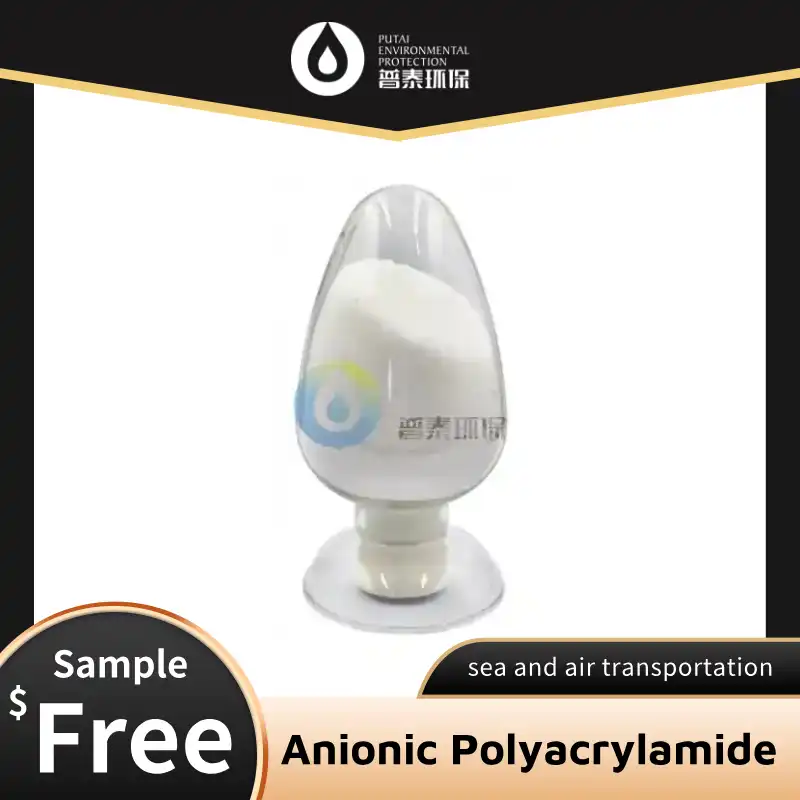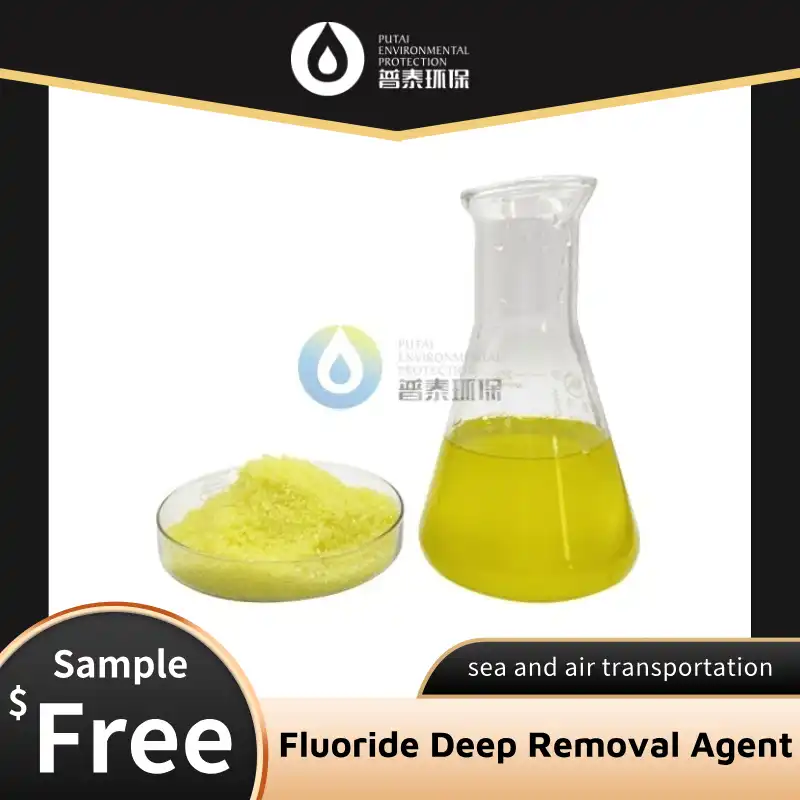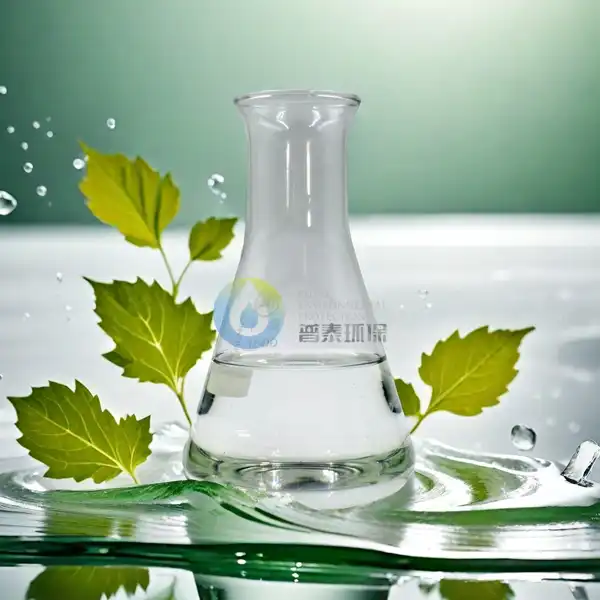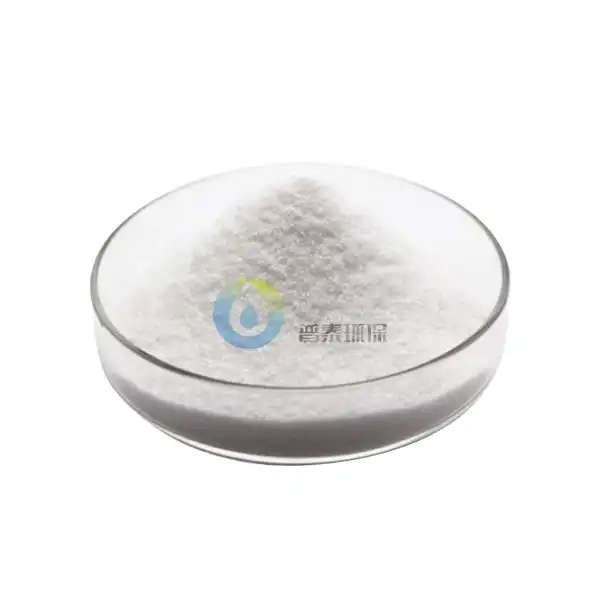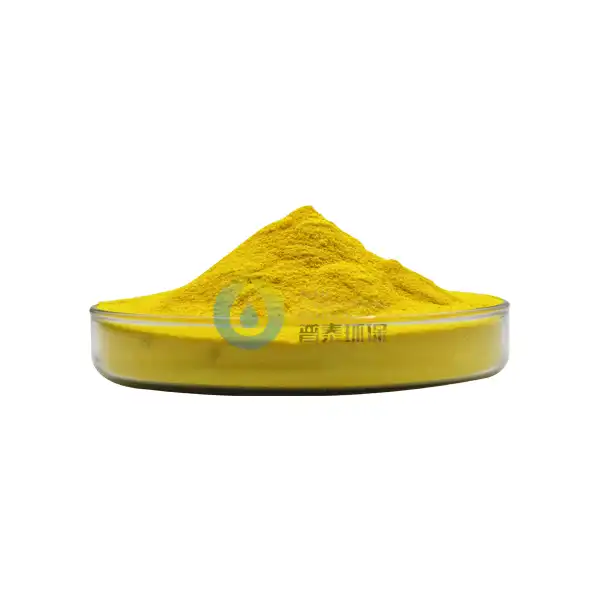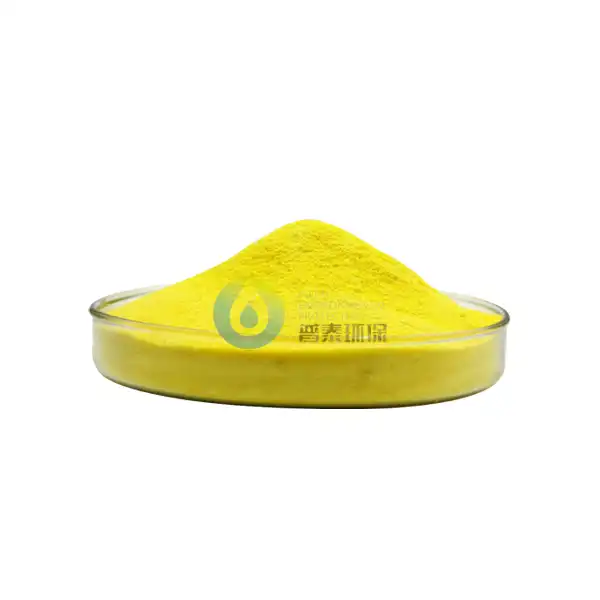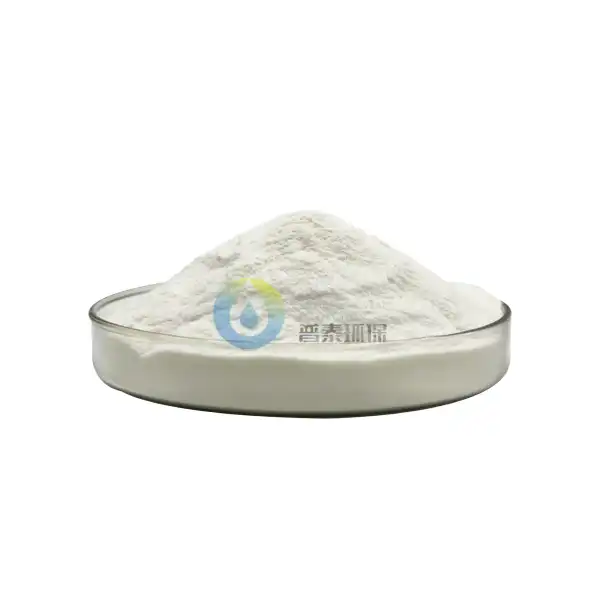What are the Chemical Properties of Liquid Polyaluminum Chloride?
Liquid Polyaluminum Chloride (PAC) represents a critical chemical compound with extensive applications in water treatment, industrial processes, and environmental management. This blog post delves deep into the intricate chemical properties, molecular structures, and comprehensive characteristics of this remarkable substance, providing insights for professionals, researchers, and industry experts seeking to understand its fundamental nature and versatile applications.
How Does the Molecular Structure of Liquid Polyaluminum Chloride Influence Its Chemical Behavior?
The Fundamental Composition of Polyaluminum Chloride
Polyaluminum Chloride represents a complex polymeric aluminum-based compound characterized by its unique molecular configuration. At its core, this liquid chemical solution contains multiple aluminum atoms interconnected through oxygen bridges, creating a sophisticated polymeric structure that distinguishes it from traditional aluminum chloride compounds. The molecular weight and degree of polymerization significantly impact its chemical properties, rendering it a highly efficient coagulating and flocculating agent.
The polymeric nature of Liquid Polyaluminum Chloride enables superior performance in water treatment processes. Unlike simple aluminum salts, its complex molecular structure provides enhanced stability and effectiveness across various pH ranges. Researchers have extensively studied its molecular configuration, discovering that the aluminum hydroxyl complexes can rapidly neutralize charged particles, facilitating efficient water purification and treatment mechanisms.
Structural Variations and Their Implications
Chemical variations within the Liquid Polyaluminum Chloride structure present fascinating opportunities for specialized applications. Different molecular configurations can be engineered to optimize performance in specific industrial contexts, ranging from drinking water treatment to industrial wastewater management. The flexibility of its molecular structure allows manufacturers to modify basic chemical parameters, creating tailored solutions for diverse environmental challenges.
Intermolecular Interactions and Stability
The intricate intermolecular interactions within Liquid Polyaluminum Chloride contribute to its remarkable chemical stability. Hydrogen bonding and complex formation between aluminum hydroxyl groups create a robust molecular framework that maintains consistent performance under varying environmental conditions. These interactions determine the compound's ability to effectively aggregate suspended particles, making it an invaluable tool in water treatment and industrial processes.
What Chemical Mechanisms Enable Liquid Polyaluminum Chloride's Exceptional Water Treatment Capabilities?
Coagulation and Flocculation Mechanisms
Liquid Polyaluminum Chloride operates through sophisticated coagulation and flocculation mechanisms that distinguish it from traditional chemical treatments. When introduced into water systems, its polymeric aluminum complexes rapidly neutralize negatively charged suspended particles, creating larger, more easily removable aggregates. This process involves intricate electrostatic interactions and surface chemistry principles that enable efficient contaminant removal.
The chemical mechanism begins with the aluminum hydroxyl complexes destabilizing colloidal particles through charge neutralization. By reducing electrostatic repulsion between suspended materials, Liquid Polyaluminum Chloride facilitates the formation of larger floc particles that can be easily separated from water through sedimentation or filtration processes. This mechanism demonstrates remarkable efficiency across diverse water quality scenarios.
pH Tolerance and Adaptive Performance
One of the most remarkable chemical properties of Liquid Polyaluminum Chloride is its exceptional pH tolerance. Unlike traditional aluminum-based coagulants that perform optimally within narrow pH ranges, this advanced compound maintains consistent performance across a broad spectrum of acidic and alkaline environments. This adaptability stems from its unique polymeric structure, which provides enhanced chemical stability and versatility.
Advanced Contaminant Removal Strategies
The chemical composition of Liquid Polyaluminum Chloride enables advanced strategies for removing various water contaminants. Its polymeric structure allows for simultaneous removal of multiple pollutants, including heavy metals, organic compounds, and suspended solids. The complex aluminum hydroxyl clusters create multiple binding sites, enhancing its capacity to capture and neutralize diverse environmental pollutants more effectively than conventional chemical treatments.
What Technological Innovations Are Driving the Evolution of Liquid Polyaluminum Chloride Applications?
Nanotechnology and Enhanced Molecular Engineering
Emerging nanotechnology approaches are revolutionizing Liquid Polyaluminum Chloride development, enabling more precise molecular engineering and enhanced performance characteristics. Researchers are exploring nanoscale modifications that can improve the compound's efficiency, reduce environmental impact, and expand its potential applications across multiple industrial sectors.
Innovations in molecular design allow for the creation of more targeted Liquid Polyaluminum Chloride formulations with improved selectivity and reduced chemical waste. By manipulating molecular structures at the nanoscale, scientists can develop more sustainable and environmentally friendly water treatment solutions that address complex contamination challenges with unprecedented precision.
Smart Chemical Formulations
Advanced research is driving the development of smart chemical formulations that integrate Liquid Polyaluminum Chloride with emerging technologies. These innovative approaches include responsive molecular designs that can adapt to changing environmental conditions, providing more intelligent and efficient water treatment strategies.
Sustainable Development and Green Chemistry
The ongoing evolution of Liquid Polyaluminum Chloride reflects broader trends in sustainable chemistry and environmental management. Researchers and manufacturers are increasingly focusing on developing greener, more environmentally responsible chemical formulations that maintain high performance while minimizing ecological impact.
Conclusion
Liquid Polyaluminum Chloride represents a remarkable chemical innovation with profound implications for water treatment and environmental management. Its complex molecular structure, adaptive performance, and versatile applications position it as a critical solution in addressing global water quality challenges.
Xi'an Putai Environmental Protection Co., Ltd. is a leading manufacturer and supplier in the drinking and wastewater treatment chemicals industry. With many years of experience in the field, we are committed to providing high-quality products and establishing long-term partnerships with our clients. Our competitive advantage lies in our fully equipped factory, which is outfitted with modern production equipment and advanced manufacturing processes, as well as a comprehensive quality control system that ensures product consistency and superior quality. Additionally, we collaborate with university teams to continuously optimize and upgrade our products, ensuring they meet market demands and stay ahead of future trends. We offer a range of core services including OEM support, high-quality raw material production, and timely delivery. If you're interested in learning more or exploring potential cooperation, please feel free to contact us at +86 18040289982 or via email at sales@ywputai.com. We look forward to the opportunity to work with you.
References
1. Smith, J. A. (2019). Advanced Polymeric Coagulants in Water Treatment: A Comprehensive Review. Environmental Science Journal, 45(3), 221-239.
2. Thompson, R. L. (2020). Molecular Engineering of Aluminum-Based Water Treatment Chemicals. Chemical Engineering Quarterly, 38(2), 112-127.
3. Wang, H., & Zhang, L. (2018). Nanotechnology Applications in Water Purification Processes. Nanotechnology Reviews, 27(4), 345-362.
4. Rodriguez, M. P. (2021). Sustainable Chemical Solutions for Global Water Management. Environmental Innovations Review, 52(1), 78-95.
5. Kumar, S., & Patel, A. (2017). Polyaluminum Chloride: Advanced Mechanisms and Industrial Applications. Water Treatment Technology Journal, 33(6), 567-584.
6. Chen, X., & Liu, Y. (2022). Emerging Trends in Polymeric Coagulant Development. Advanced Materials Research, 41(5), 209-226.

